Today, I am continuing my Hair Loss series, if you wish to see the first part/background of this series, you can find the post here. I am also adding a disclaimer to this blog to please be sure to see a doctor if you are having any kind of hair loss. What I did was under the direction of my dermatologist and my primary care doctor, and while everything I did is considered pretty safe, it’s still best to check with a doctor before beginning any sort of treatment.
While I think, at this point, it’s obvious that I love my dermatologist, I also love that she wasn’t so quick to put me on a lot of medicine that may or may not work and have me try a bunch of stuff that could do more harm than good. She really wanted me to replenish what seemed to be lost in my body and see how much that helps. If medication would be needed down the road, we’d talk about that when the time came, but it wasn’t the first step, which I loved.
I needed to get my body back to fully functioning. I was only about 6-7 months past my Mononucleosis issues and she, and my primary care doctor, even said it could be up to a year before my body and my internal systems are fully back after being shut down so severely by the Mono. So, part of it was just allowing my body to finish recovering, still trying to work on helping my stress levels so that my body could do what it needed to do and still resting when I needed to.
But I also previously stated, while some of my nutrient levels were a little questionable, it was the Iron and Vitamin D levels causing the most concern because of how low they were. She had me begin a regimen of supplements to try and recommended some dietary changes to help bring my levels back into a normal area.

First task was my iron level. It was pretty dang low. However, she didn’t recommend I start an iron supplement because they can be really rough on your digestive system, even the “gentler” formulas can sometimes wreak a lot of havoc and she didn’t want to subject me to that unless it was completely necessary. She wanted me to try adding more iron-fortified foods into my diet to see if that would make a change before suggesting full-on iron supplements. She highly suggested cooking in a cast-iron pan, as much as possible (since a little bit of iron is infused into the food every time it’s used) and to start incorporating more leafy greens and red meat into my diet (who gets told to eat more red meat? Me) along with more beans and dried fruits.
Devon’s Mom gifted us a really nice set of cast iron pans our first Christmas together and I use them as much as possible, they’re the best. I love cooking food in them anyway but it’s nice to get an extra nutrient benefit from them. And I did start incorporating some of her suggestions into my diet. I’m really bad with dried fruits so I don’t those, I think it’s the texture that kills me. But, I do love spinach and garbanzo beans (it was a lot of the basis for my Spinach Pasta Salad) so I really try to put at least one of those things into a lot of dishes I make.
I have still yet to go on an iron supplement. My iron levels aren’t anywhere near perfect but they aren’t as frighteningly low as they were before. Basically, they’ve come up enough that my doctor feels fine with me just continuing to eat iron-rich foods and not killing my intestines with an iron supplement.
Along with iron-rich foods, I take three nutrient supplements every morning. I’m sure at some point, I could just take a multi-vitamin, but I really wanted to concentrate on what was most needed.

One thing most needed was Vitamin D. I was so surprised at my levels because, if you know me, you know I love drinking milk. Love it. I drink so much of it, it’s almost insane. I thought because of the insane amount of milk I drink that the Vitamin D in the milk was enough. Apparently it wasn’t (and the milk I drink doesn’t have nearly as much Vitamin D as I thought it would). My doctor had me start a prescription strength Vitamin D supplement to kick start things and then I was able to go down to regular dosing after about 4 months. As you can see, I still take a pretty high dose and if my next bloodwork (which I’m actually having done on Monday) comes back with good results, I’m actually going to knock the strength back a little. I don’t want to take more than I need, but I’ve just needed a lot of it for so long.
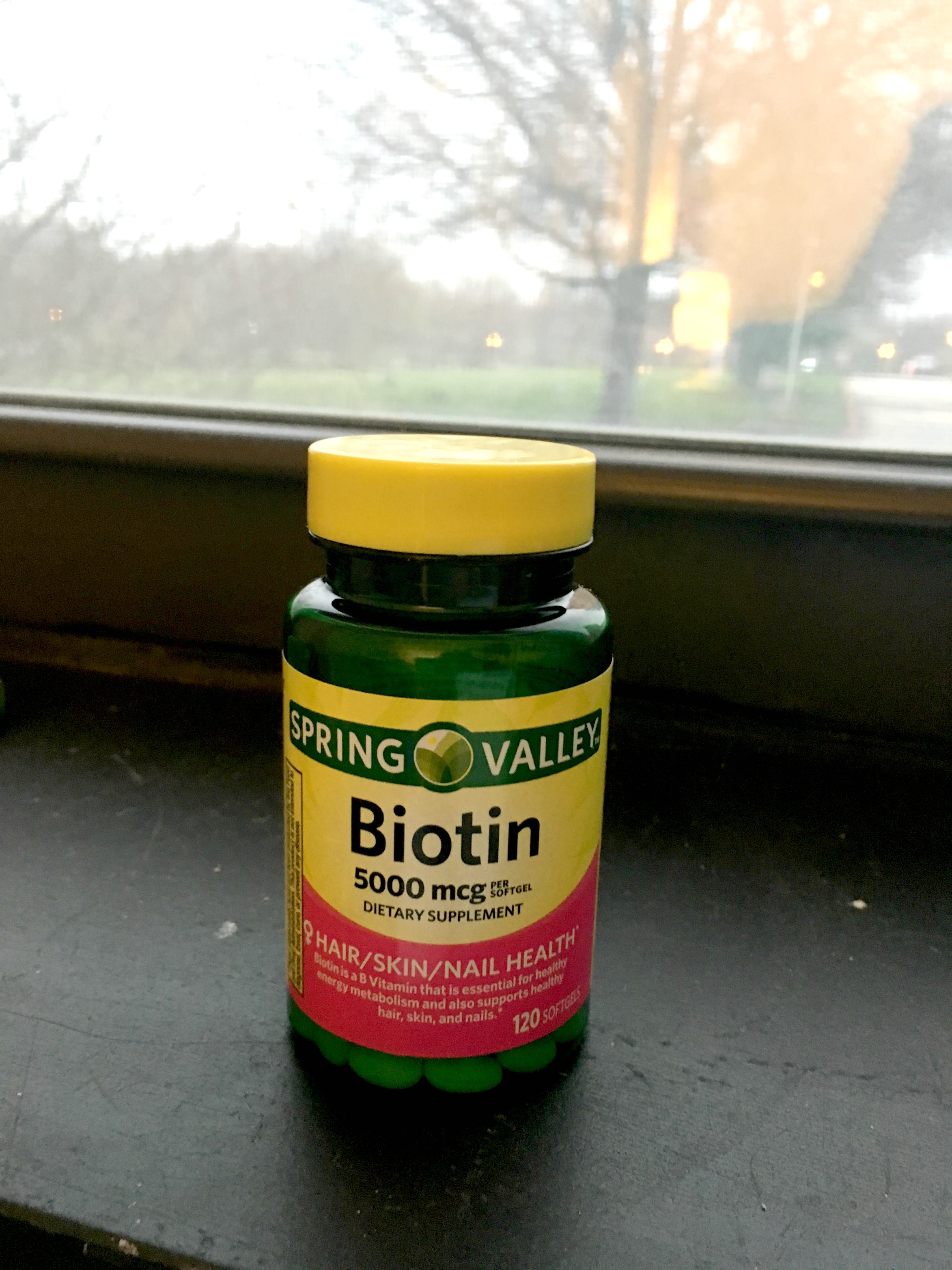
Along with that, I take Biotin every single day. My dermatologist told me that it’s the one supplement that actually has medical evidence to prove that it helps to re-grow hair. She also cautioned that without fixing the problem, biotin could just be considered a temporary fix because once you stop it (if you haven’t found the source of the hair loss) you could lose the hair you grew back again. So, it wasn’t meant to be a cure-all. She suggested it to help start the process and to help wake up any follicles that may have “gone to sleep” from all the trauma to my body. I do believe that it has helped immensely in a lot of the re-growth I have had. It’s weird, I don’t really notice much difference in my nails with it, maybe my nails are just weird, it might make them grow slightly faster, but not enough that it’s game changing or anything for that.
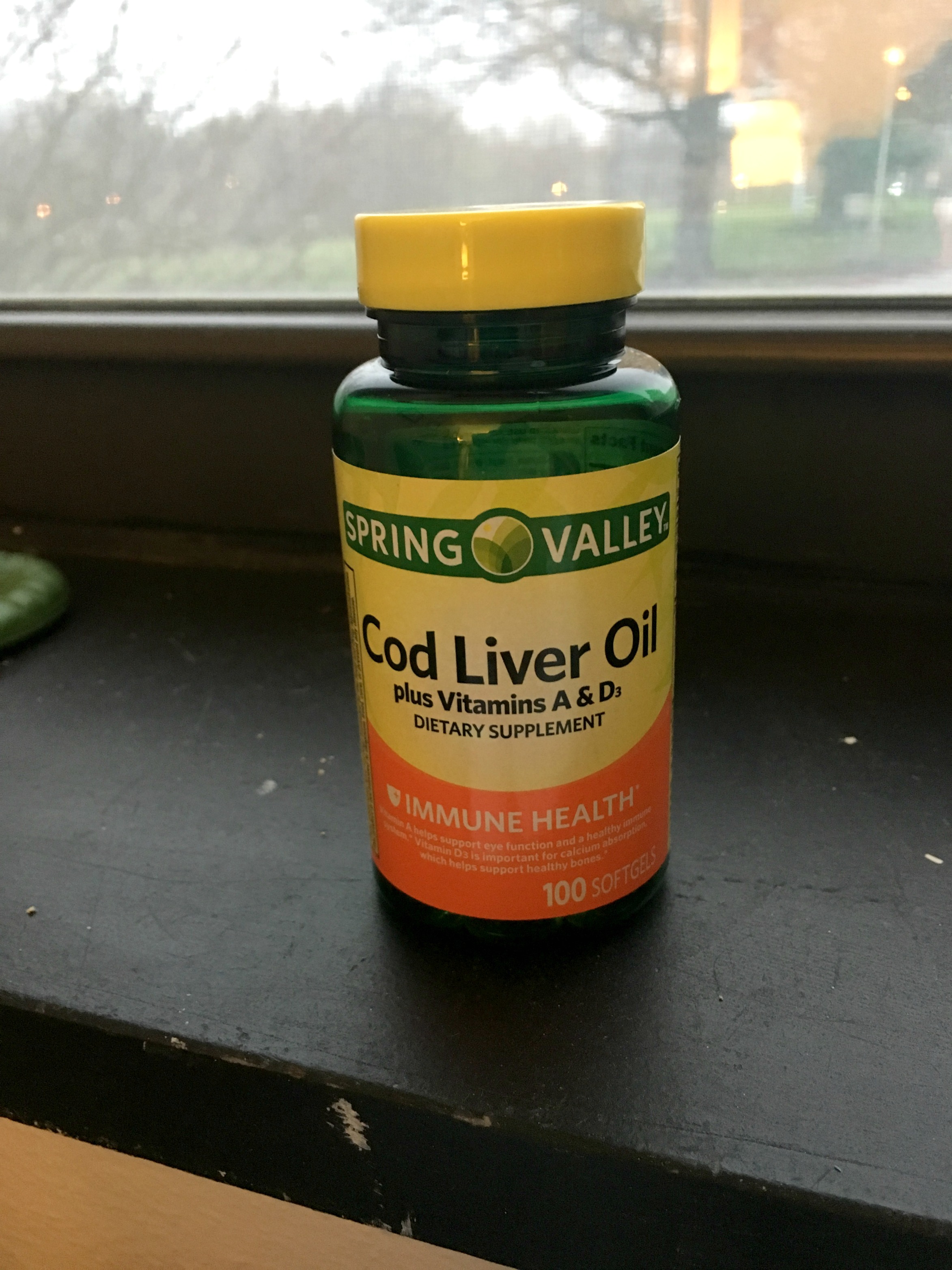
Finally, something I started, maybe about 7-8 months ago was taking Cod Liver Oil. It wasn’t part of my doctor’s initial recommendations, but after doing some research of my own about a year ago, I talked to her about adding it to my daily regimen. She wasn’t against it at all even indicating that if there was any kind of inflammation in the follicles, the cod liver oil would help to decrease it and allow the hair to grow back. Since I started taking it, I’ve also noticed that my hair’s thickness has increased, all over my head, my hair is thicker or more dense than it used to be. I’ll put my hand in my hair and it almost feels like my hair is hugging my fingers, which is really nice; it feels good when I run my hand through it.
To this point, I have not needed medical interventions like medication (except for the RX strength Vitamin D initially) or surgery or anything and I don’t think I will (unless something happens), which is great. While I am all about going to the doctor to stay healthy, I don’t want to take medications when I don’t need to; if there is something safer that can help, I’d rather do that. Unlike the first doctor I saw who wanted to just do temporary medication fixes, I am so grateful to have found the second dermatologist who was willing to look for a cause and try to help me grow my hair back permanently without a lot of harsh medications or treatments.
If you are having a similar issue, don’t just read this and say “oh hey, let’s take super doses of biotin, vitamin D, and cod liver oil and I’ll be fine”. Go to your doctor, tell them what is going on, ask to have blood work done to check everything out and make sure you’re fine and devise a treatment plan to get your hair back. It’s a lot less stressful than trying product after product and not having any of it work. Find the cause and treat the cause, don’t just go for temporary satisfaction, it’ll make you feel worse when it goes away again.
Next week, I’ll continue with part three and go through some styling products and tips that help disguise hair loss and to make your hair appear thicker while you are re-growing your hair.



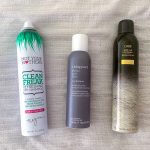

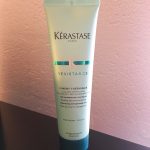
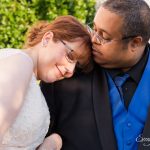
1 thought on “Hair Series Part 2: Restoring Balance”